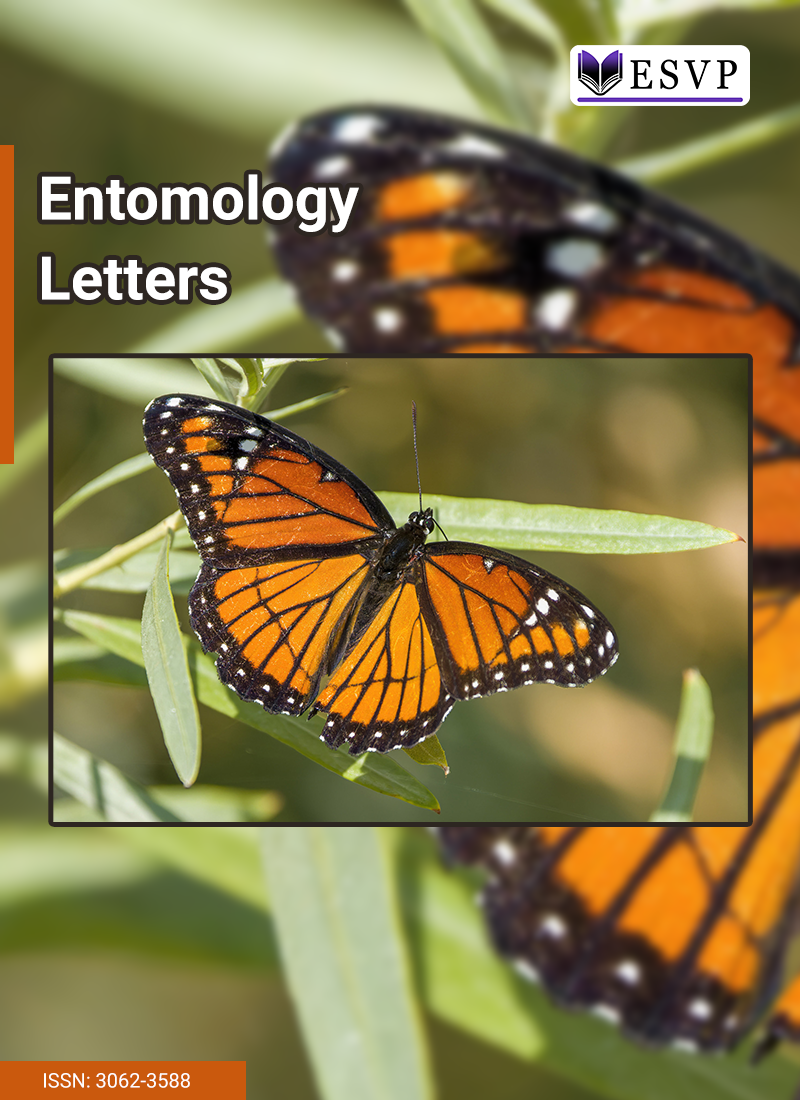
The parasitism of livestock by ixodid ticks, which transmit blood-borne parasitic diseases, is a major challenge in animal husbandry. This research focuses on how climate change affects the diversity of ixodid tick species. Data from the Kislovodsk meteorological station, including average winter temperature, wind speed, and the variability and trends of the Bodman index (which indicates climate severity), were analyzed. The distribution of ixodid ticks is closely tied to the climatic zones. In the Stavropol region, 16 species of ixodid ticks across 6 genera have been recorded. Monitoring from 1999 onwards reveals a growing number of ixodid tick species. As the region experiences warming temperatures, milder winter conditions have led to an expansion of suitable habitats for ixodid ticks and a corresponding increase in their numbers.